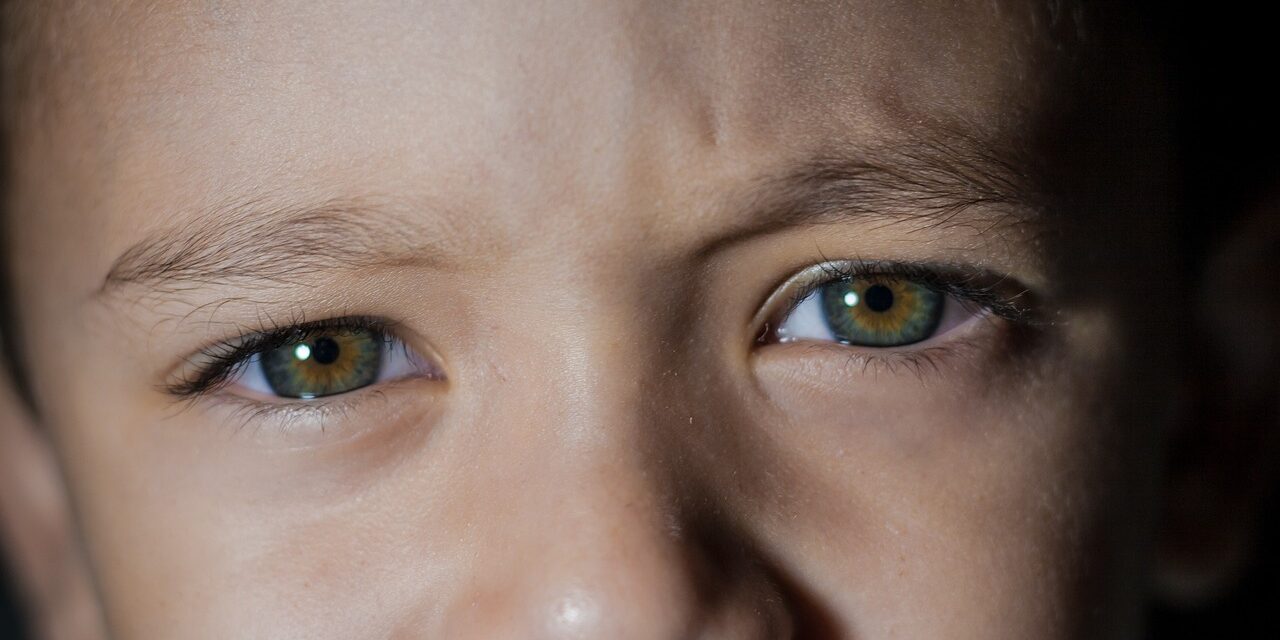The North Carolina Department of Health and Human Services (NCDHHS) announced on Tuesday, Feb. 6, the launch of a new Child Behavioral Health dashboard that’s meant to make it easier for the department, state behavioral health providers, policymakers and others to “identify and address gaps and disparities in behavioral health services for children.”
NCDHHS Secretary Kody Kinsley said the best solutions to problems are data driven, and that a key tool is having an easy way to share that date.
“Improving youth mental health in North Carolina must be a priority for all of us and we’re measuring what matters,” Kinsley said. “Comprehensive data allows us to track progress and hold ourselves and each other accountable as we work to transform behavioral health in North Carolina.”
According to NCDHHS officials, improving child and adolescent behavioral health is a top priority for their department.
North Carolina has been ranked 42nd among states with the highest prevalence – and the lowest access – to mental health services for youth.
Also, across the state, suicide is now the second leading cause of death for youths aged 10 to18. Not to mention that over 50 children in North Carolina sleep in emergency departments every week due to a lack of availability or access to behavioral health services appropriate for their needs.
The new Child Behavioral Health Dashboard publicly offers data and analysis of child-serving sectors in order to provide a more complete picture of the state of behavioral health in North Carolina. By bringing together data from various systems, the dashboard is meant to enhance “visibility into child behavioral health needs” as well as allow for “shared stakeholder accountability to identify and address opportunities for improvement.”
“We are committed to improving the lives of children and families in North Carolina in a data-informed and transparent manner,” said Yvonne Copeland, the director of the NCDHHS Division of Child and Family Well-Being. “Information is power. The more we and our partners know about the child behavioral health system, the better equipped we are to advocate for and provide the right solutions to meet the unique needs of children, families and communities across our state.”
The dashboard tracks key behavioral health indicators, including the percent of children who’ve been diagnosed with depression, attention-deficit/hyperactivity disorder and substance abuse problems.
The metrics provide insight on the use of emergency departments, mobile crisis services and psychiatric residential treatment facilities for child behavioral health care. The dashboard also includes data on the number of children who reported feelings of “sadness and hopelessness, as well as babies born with low or very low birth weight” — a risk factor for ADHD, depression and other behavioral health conditions later in life.
One important feature of the new dashboard is that users can drill down into the data by geography, race, ethnicity, age and gender in order to provide additional visibility into child behavioral health in underserved populations.


We would not have so many young people sleeping in the emergency room if we would stop lying to them and the schools stop Social emotional learning and stop DEI.
what in the world are you talking about? How does DEI lead to kids sleeping in emergency rooms?
Well, the Secretary does fit DEI criteria.
Why is the state responsible for raising children? Isn’t that the parent’s responsibility?
Why don’t you ask “Why is the state responsible for forcing birth on people who are not ready to be parents?”
That’s a good question,
Oh, me. And I always thought abortion was a choice; a choice that remains available in NC.